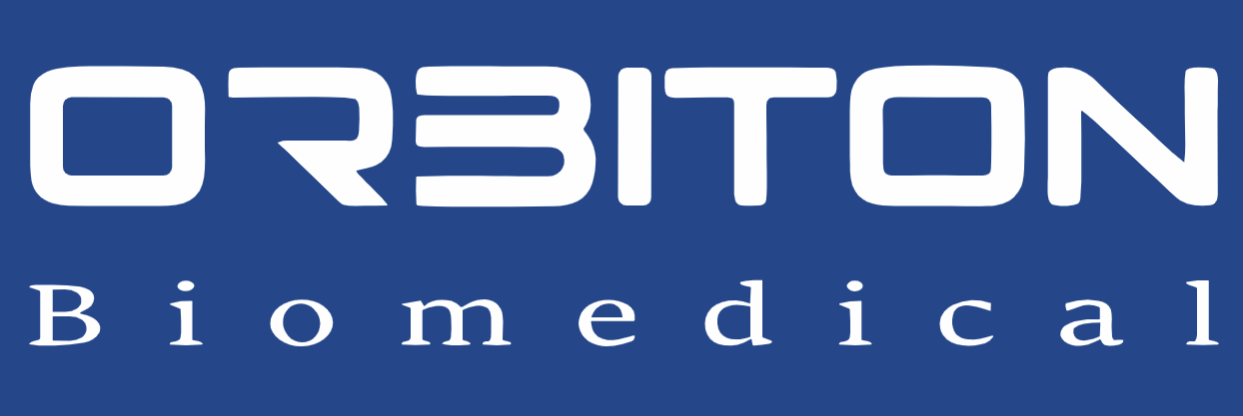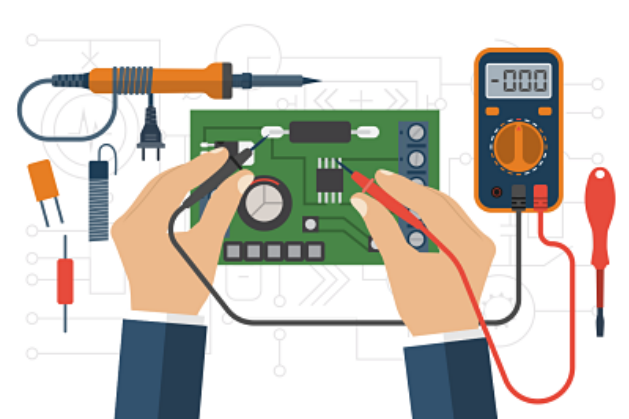Importance of third party calibration and validation of medical equipment.
Calibration of a medical device is carried out to minimize the uncertainty in measurements. It helps in reducing the errors and brings the measurement to an acceptable level for clinical diagnosis or therapy.
With repeated use and over a period, all equipment tends to degrade and that affects its accuracy and precision.
Devices that take measurements (e.g. electrocardiography, laboratory equipment, patient scales, pulmonary function analyzers, etc.) also require periodic calibration to ensure accuracy compared to known standards.
Calibration is important because it helps ensure accurate measurements, and accurate measurements are foundational to the quality, safety and innovation of most products and services we use and rely on every day.
Few people realize the critical role and importance of calibration in their daily lives.
But calibration improves assurance of precise measurements required in research, development, and innovation, as well as the production of millions of products and services worldwide. Pause and look around your room right now; most of what you see was produced within tight measurement specifications assured by calibration.
A shortlist of examples where calibration is quietly behind the scenes assuring precise measurements critical to the comfort, quality and safety of products and innovation we enjoy and rely on daily include:
All pharmaceutical products and medications
All medical devices like pacemakers and processes like sterilization
Scientific research, development and innovation
And the list goes on and on in an ever-expanding universe of millions of other services and manufactured goods around the world.
The Calibration Universe diagram that follows helps illustrate the importance of calibration by showing that calibration to the SI (the ultimate measurement standards) is at the center of an ever-expanding universe of products and services.

